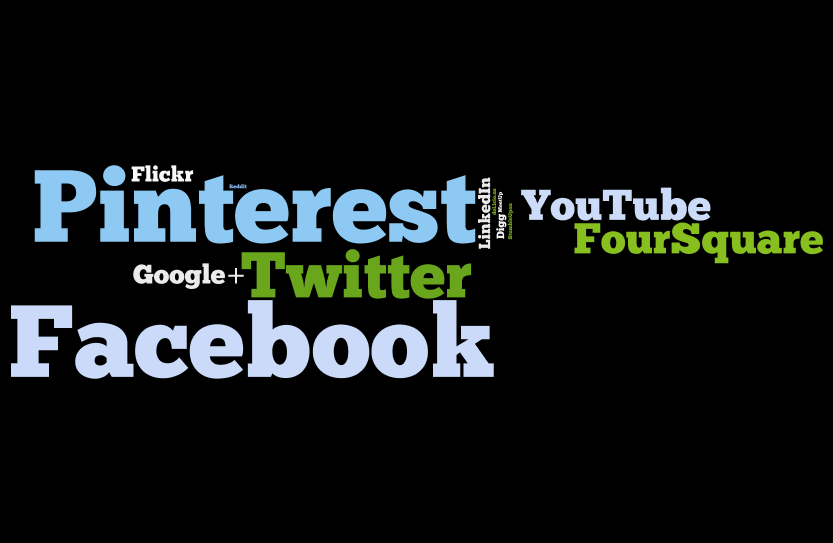Recently, Mumbrella, an Australian site dedicated to media and marketing, conducted a “Battle of the Media” competition, wherein leaders representing each of the major media types went head-to-head in a debate to prove to a panel of experts why their medium was the best. The expert panel consisted of ad agency representatives from the biggest agencies in Australia. While the panel of experts each got to weigh-in with their opinions following each presentation, the ultimate decision came down to an audience vote.
With that background, let’s take a look at how the different media types stacked up against each other. You will most likely find the end result quite surprising.
First up, for round one, there was part one for Cinema versus Online and Direct Mail versus TV, and part two featuring Magazines versus Outdoor and Radio versus Newspapers.
Straight away, the difference between the presentations for the Cinema versus Online competition was pretty striking. The Cinema representative spoke about attending a movie being a planned and shared event where audiences are primed to pay attention, and how Cinema advertising can change consumer behavior through high recall, brand perceptions, and intent to purchase. The speaker for Online media used a mantra of “everywhere, anywhere, anytime”, which is not a bad place to start, but then focused the remainder of his presentation on statistics regarding page views of different sites around Australia. It didn’t really help his case that he showed graphs and charts where the Cinema representative showed clips from movies. Cinema won this round.
For Direct Mail versus TV, we were a little taken aback that Direct Mail won, but again, the representative for Direct Mail did a better job of selling his medium than the TV representative. The Direct Mail champion mentioned how it appeals to all five senses – you can see it, touch it, hear it, smell it, and even taste it. He also mentioned the high degree of targeting capabilities of direct mail. The TV champion focused on the emotional impact of television and how it sticks with you to become persuasive, and how it was more engaging. The panel did not agree.
In a complete shift, the Outdoor champion did result to using charts and graphs to prove her case, showing how advertising dollars in outdoor advertising were continuing to rise while in magazines they were continuing to drop. She mentioned how all of the other media types used outdoor to promote their own services, which was a huge selling point in her favor. The Magazine champion focused on the niche targeting capabilities of magazines, especially when it comes to hobbies, and how magazines have learned to adapt to changing technology through different formats, and how the advertising in magazines is expected and difficult to skip. Despite what we felt was a strong case, the panel of experts announced that Outdoor won the round.
Lastly, for Radio versus Newspaper, we heard how radio was a medium that was generally adopted at a much younger age (unlike print), and how users grow up with it. The presenter also mentioned a statistic, according to “a study conducted by him” regarding the high level of illiteracy among Australians, which was intended to be a joke but didn’t make good use of his allotted time to prove his case. The Newspaper champion came on strong, mentioning how he liked radio because sooner or later he was going to hear one of the DJs read a news story from the newspaper, and how radio was part of the media landscape, while newspaper was actually a cornerstone of democratic society. Once again the power of the presenter seemed to overshadow the content, and newspaper won this particular round.
The battle came down to the finals, which ended up being Newspaper versus Cinema, and that honestly surprised us, as these were not the two media types we thought would make it to the final round. The arguments for each medium in this round started to have less and less to do with the actual power of the medium itself, and instead relied on making emotional arguments. The Cinema presentation shifted toward a summary of what makes movies so powerful, instead of Cinema advertising specifically. Then the presenter started talking about product placement in movies, which seemed somewhat dishonest to us, since we felt that Product Placement should have been its own category. The Newspaper champion, for his part, offered up that creative directors were much more likely to want to fly to the island of Capri to shoot a long-form 3-D video commercial spot and then “toodle off to Cannes” to pick up their award, than they were to want to create print ads for a newspaper campaign, but that doesn’t mean that newspaper ads are ineffective.
We won’t spoil it for you by telling you who won the battle, but as you can tell from our summary, the actual power of the medium to deliver a persuasive advertising message was actually secondary versus the charisma of the champion presenting each medium to the panel and the audience. And maybe there’s a lesson there. Perhaps the way you say something really can be more important than what you’re saying. Some may say that’s what advertising is all about.
Comments are closed.




